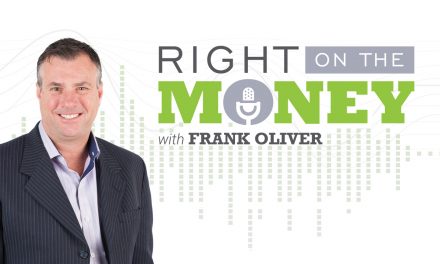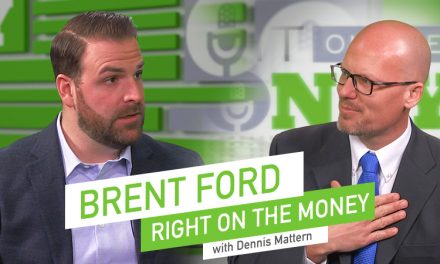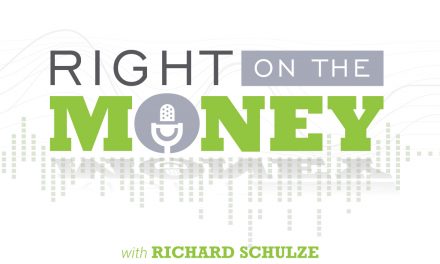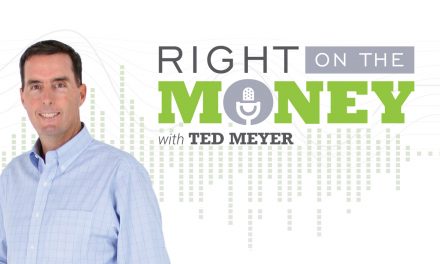Life Insurance Can Be Used in a Variety of Income-Planning Scenarios
Most consumers are unaware cash-value life insurance has several planning scenarios and tax strategies that can reposition existing assets and redirect monthly contributions from savings accounts to this unique tax-advantaged product. There are saving and investment options to choose from based on your risk tolerance, liquidity needs and financial goals.
Life insurance is a mortality product based on the health of the policy insured. The better the health of the non-smoking policy insured, the cheaper the cost of insurance and the potential to generate tax-free income. Once you and your insurance professional determine the underwriting classification results are economical, you need to turn your attention to undergoing a risk-tolerance test to assess your crediting methodology.
Life insurance crediting options can be interest rates, indices or sub-account driven. After determining the crediting method, your insurance professional can design the lowest death benefit amount to comply with the TAMRA regulations to create an efficient, non-modified endowment contract. Watch the interview with popular platform speaker, asset management and life insurance specialist Rob Hagg as he discusses using tax-free income generated from a life insurance contract for college education, retirement and generational income as a legacy.
A non-modified endowment cash-value life insurance contract can be used as a cash reserve account that accumulates tax deferred and permits access to the policy’s collateralized tax-free loans. A new trend in college planning has emerged for parents with young children to contribute monies to their college funds. Traditional 529 plans can still be used, but some parents have elected to fund their child’s education exclusively with life insurance. In the end, as with all savings and investment products, owner suitability is a key component to the decision-making process.
Non-modified endowment cash-value life insurance contracts can also be used for supplemental, tax-free retirement income or as a stand-alone retirement plan. However, recently, these types of contracts have been used in multi-generational planning, not so much for the death benefit, but for tax-free income over generations of progeny. Consider a non-smoking healthy grandmother age 65 and her 5-year-old grandson, who utilize an indexed universal survivorship contract optimized for accumulation. The survivorship contract doesn’t pay until the second death, more than likely the grandson. But access to collateralized policy loans accumulating over the life expectancy of the grandson could be substantial. Under current tax law, try getting your mind around 100 years of tax-free income covering two to three generations.
Non-Modified Endowment Life Insurance Contracts are comprised of two types of tax-free distributions: one is tax-free basis; the other is a tax-free collateralized policy loan. To ensure tax-free distributions, Non-Modified Endowment Life Insurance Contracts must be kept in force for the life of the policy insured.
Nationally syndicated financial columnist Steve Savant interviews with popular platform speaker, asset management expert and life insurance specialist Rob Hagg. Right on the Money is a weekly one-hour online broadcast for TV and radio distribution. The show contains five ten-minute segments that are redistributed online as individual video press releases.





